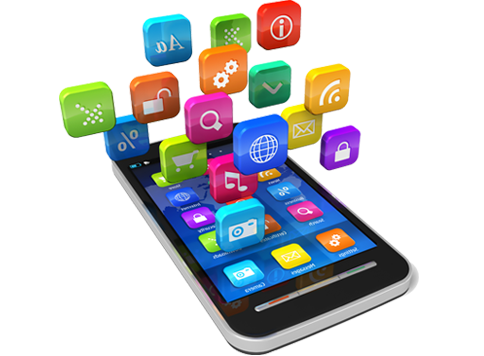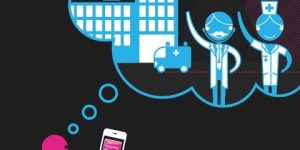
By Neeraj Bajpai
Amid an outcry of poor civic amenities in cities bursting at seams, work on the Smart cities with state of the art facilities– automatic traffic lights, sprawling solar panels dotting neat dwellings, clean green campuses, digitalized working, round the clock vigil through close circuit cameras, has picked up momentum. Visions are coming on drawing boards and future 98 smart cities identified. Uttar Pradesh and Jammu & Kashmir have to pick up one each soon to touch 100 cities mark.
With the announcement of future smart cities list, the clock has started ticking. The Narendra Modi Government is pursuing the smart city project to give it a desired momentum with copious funds. Allocations plans have already been announced. In a related development, after recent meltdown in the Chinese financial markets and its cascading impact the world over, focus on infrastructure activities has increased. Development, especially roads and highways, would have a multiplier effect and boost rural jobs. Experts say the infrastructure is the backbone of the smart city mission which is all set to get boost due to these developments.
Finance Minister Arun Jaitley recently said India can act as one of the ?other engines? of world economic growth with China changing to slower gears. “So the world needs other engines to carry the growth process. And in a slowdown environment in the world, an economy which can grow at 8-9 per cent like India certainly has viable shoulders to provide the support to the global economy,” Jaitley said.
The list of cities, unveiled recently by Urban Development Minister M Venkaiah Naidu after a nationwide “competition” between states includes Varanasi, Allahabad, Lucknow, Ghaziabad, Bareilly and Agra from Uttar Pradesh, Tiruchirapalli, Thanjavur, Salem, Vellore, Chennai, Coimbatore and Madurai from Tamil Nadu, Nashik, Thane, Solapur, Nagpur, Navi Mumbai, Aurangabad and Pune from Maharashtra, and Bhopal, Indore, Jabalpur, Gwalior and Ujjain from Madhya Pradesh. It also encompasses Ahmedabad, Gandhinagar and Baroda in Gujarat, and Bhagalpur and Muzaffarpur in Bihar.
Uttar Pradesh and Tamil Nadu have the maximum number of 12 cities under the list followed by Maharashtra with 10, Madhya Pradesh with seven, Karnataka and Gujarat with six each, Rajasthan with four, Andhra Pradesh, Bihar and Punjab with three each. Of those chosen for the project, 24 are capital cities, as many as business hubs and 18 cultural centers. The two remaining two smart cites aspirants will be decided in due course as J&K sought more time to decide on its choices for the project and UP has reported that Meerut and Raibareilly have been tied in the valuation and this is to be decided which will be the selected one.
The smart cities aspirants had been chosen through an intra-state competition. Each state and Union Territory has evaluated all the urban local bodies in respective states and Union territories, based on existing service levels, financial and institutional capacities and past track record and reforms and nominated the top scores, as per the slots given to each state and UT. Eight smart cities nominees have a population of one lakh and below, while 35 cities and towns between one to five lakh. There are 21 cities, with a population ranging between five to 10 lakh, 28 cities above 10 lakh and below 25 lakh. A set of five cities are in the population range of 25 to50 lakh.
Four cities- Chennai, Greater Hyderabad, Ahmedabad and Greater Mumbai-have population of above 50 lakh. Population statistics suggest that 64 towns and cities are in the category of small to medium, while the remaining 34 are large ones. Nine capital cities- Itanagar, Patna, Shimla, Bengaluru, Daman, Thiruvananthapuram , Puducherry, Gangtok and Kolkata could not be nominated for smart cities development. In one sense, this non-inclusion goes to prove that the selection of first stage of competition was not swayed by the status or importance of cities and the selection was objective and as per the stipulated criteria, Naidu clarified.
Under the Smart cities and the Atal Missions, about 80 per cent of the country?s urban population would be reached out with the objective of enhancing the quality of life, which is the need for the hour. The prime objective of the Smart cities mission is to enhance quality of urban life. Smart cities will have the core infrastructure and will give a quality and decent life to citizens. It will enable a clean environment and provide smart solutions to problems. More than a dozen leading countries have expressed keen interest to associate themselves with this mission. These include the US, UK, France, Spain, Germany, Netherlands, Sweden, Japan, China, Singapore, Israel and Australia.







